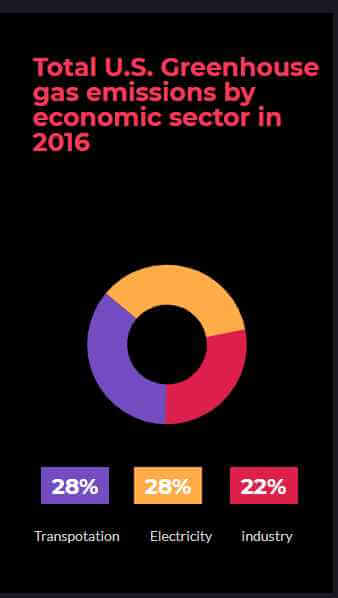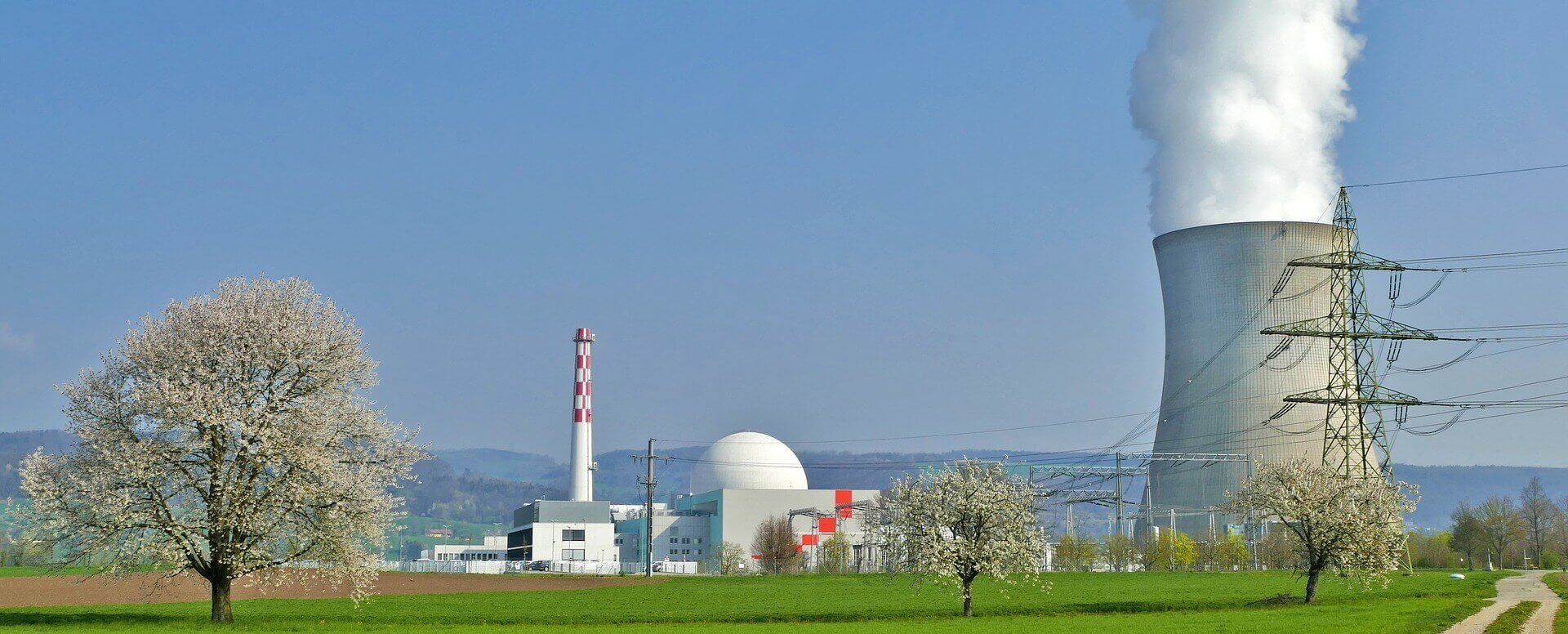Our everyday life is mostly dependent on fuel. Different activities like going to work or school, cooking our meals, and bringing lights to our home every night need energy.
But do you know where this element really comes from? You might have heard about fossil fuels already, but here is a deep explanation of its contribution to our daily lives.
We should care about it because it’s a part of our existence.
What is fuel?
When you heard the word fuel, the first thing that may enter your mind are fuels like gasoline, firewood, or anything that can supply your household energy.
It is worth noting that the world is dependent on it. May it
It is a necessary part of our lives whether we live individually or operate our business. Fuel is the primary material used to heat your home and bring light to it.
Your vehicle won’t even run without it. These uses may not be new to you.
But have you heard about fossil fuels, too? You may have heard about it, but keep in mind that there are still a lot of things to discover about it.
Discover how it affects our lives and the impact it brings to our environment as well.
Fossil fuels definition
Fossil fuels include oil, natural gas, and coal that are formed from buried organic materials like animal and plant sources.
They are non-renewable sources of energy that accumulate through the remains of the living species that died a million years ago.
These materials exist even before the dinosaur age when there are yet a few plants and animals living on Earth.
How are fossil fuels formed?
Fossil fuels are formed from the organic materials that were buried a million years ago. As the animals and plants decayed and exposed to heat, they will then be converted to crude oil or natural gas.
The formation of fossil fuels underwent a very long process until it is used by people. When the plant and animal species die, they would settle underground and even on the ocean floor.
It will then become an organic matter mixed with mud, sand, and rock. Eventually, it will then turn to sedimentary rock. As the years pass by, the layers of rock will become thicker.
During this period, it will also receive too much pressure, allowing it to convert the decomposed plant and animal into energy sources which are commonly used today. They become the oil and natural gas that we use in a variety of ways.
Fossil fuels examples
There are different kinds of fossil fuels that we utilize every day. The breakdown of these organisms produced hydrocarbon-containing materials: natural gas, oil, and coal.
These kinds of fossil fuels are categorized according to their hydrocarbon content and formation.
Natural gas

Natural gas is one of the largest sources of the US electricity supply. The majority of the country’s energy comes from it.
As a matter of fact, it plays a significant role in industrial productions.
Besides, three percent of the natural gas in the United States is allotted for transportation usage, commonly for bus fleets.
The United States is one of the largest suppliers of natural gas derived from fossil fuels.
17.6% of the world’s natural gas comes from the United States, allowing it to export some amount to Canada.
On the other hand, a large continent like Europe gets its main supply from Russia.
Being said, natural gas should be exported via a liquified form ship to meet the global demand and reach different countries that need enough fuel.
Of all types of fossil fuels, natural gas is considered to be the cleanest source due to its less impact on the environment.
Furthermore, it is also the primary supply of electricity to households, commercial sites, and industrial companies.
The widespread use of this fuel source enables it to deplete rapidly, and eventually, can become scarce.
Take note that fossil fuels are formed after a million years of being buried underground. The growing demand for fossil fuel products can lead to its imbalance supply and scarcity.
Coal

Coal comes primarily from dead trees and plants. These species sank into swamps and are covered with soil.
It will then accumulate into peat, a soupy and soft plant that sinks under the layers of sediments.
The water will eventually squeeze out, and it will stay in that same situation for a million years.
The peat contains compounds that form through heat and pressure.
As the process continues for a more extended period, the carbon-rich material called coal is then formed. Generally, coal can be extracted through the mining process.
The mining process is used to remove this fossil fuel underground. Once gathered, it will then undergo a treatment to segregate its components and remove its impurities.
Coal also has different purities, and this state is determined by its carbon content. One of its purest forms is anthracite, an element that contains about 97% carbon.
Significant parts of the world also rely on coal as their source of electricity. The leading coal producer is China, which is responsible for 48% of the world supply.
On the other hand, 30% of power in the United States comes from coal as well.
At the same time, this country also supplies 11% of coal globally, including various states such as Pennsylvania, West Virginia, Kentucky, Illinois, and Wyoming.
Petroleum

The world relies on oil as its primary fuel for transportation. Crude oil usually exists in wet areas and is extracted using large pumps.
Regardless of the country you are living in, it utilizes petroleum for different usages. Commonly, this material comes from underground reservoirs and even on tar sands.
The oil refineries extract it to form a fuel oil, diesel, and liquified petroleum gas. These elements are primarily used in different modes of transportation and household items.
Petroleum is the primary fuel for automobiles and jets and can even be used to generate electricity.
Furthermore, plastic industries are also dependent on this energy source.
The demand for oil is also increasing in many fields such as medical, pharmaceuticals, manufacturing companies, and electronics.
Because of its widespread usage, it is also expected that it is a great contributor to the world’s air and water pollution.
What are fossil fuels used for?
Fossil fuels are the primary source of energy. The growing demand for this material sustains the world’s needs for energy.
It is used for transportation and to power engines of different types of land, sea, and air vehicles.
The refined crude oil produces gasoline which is used to fuel cars. The world’s production of energy is also dependent on fossil fuels, specifically coal.
This type generates heat in the thermal power plants to bring electricity to households, and commercial and industrial establishments.
Burning fossil fuels can also convert water into steam which is used to spin the turbines that are used to operate the generators. Fossil fuels also play a significant role in many homes.
One of its products is propane, a kind of substance found in the cooking gas. For places with winter seasons, most households use coal or gas to operate their heater.
Furthermore, the cooling systems in our homes are highly dependent on the energy produced by fossil fuels. Aside from energy, fossil fuels can also be useful in other ways.
When they are processed as petroleum, its excess portions can also be transformed into lubricants such as petroleum jelly, motor oil, and hydraulic fluid.
Fossil fuels also produce petrochemicals that can be used to manufacture plastic and polyester products.
Plastics are the primary materials of a variety of household items like containers and kitchen utensils. Also, polyester is another useful product that is used for clothing.
Some of the conventional products we use nowadays also come from extracted fossil fuels. Benzene is one of them which is the primary ingredient of solvents, dyes, and pesticides.
Even the pharmaceutical companies and the medical industry are also dependent on it. Fossil fuels may also bring benefits and harmful effects to our environment.
Fossil fuels may also bring benefits and harmful effects to our environment. It is essential to discover fossil fuels’ advantages and disadvantages and their impact on our surroundings so that we will know how to harness these resources in a good way.
Knowing the fossil fuels’ pros and cons are also one of the best ways for the industrial processes to find a better alternative that will have less impact on the eco-system.
Advantages of fossil fuels
Despite the fact that fossil fuels have a negative impact on the environment, many people are also trying to find better ways to lessen their effect.
Currently, one of the projects is clean coal. It can produce an abundant source of energy without producing harmful effects on our environment.
This process works by separating the carbon from the coal. Then, the clean production will be injected underground and is preserved for a longer period before it can be utilized.
This method is referred to as carbon capture and storage or CCS.
This project is promoted with the hope that it can reduce the greenhouse gas emissions that come from industrial buildings and commercial power plants.
It is worth noting that coal is the most abundant fossil fuels globally.
One-quarter of the world’s energy utilizes coal while 40% of the global electricity also comes from it.
The steel industry also depends on its operation from this fossil fuel resource.
Another fossil fuel that brings a lot of benefits is oil. Aside from using it primarily as fuel for transportation, it is also used to make other products such as plastics, fertilizers, and pesticides.
It is also involved in pharmaceuticals and modern medicine. The health care industry relies on it because it is used to manufacture medical supplies.
Disadvantages of fossil fuels
It is worth noting that in 2016, fossil fuels make up 76% of the US greenhouse gas emissions, a report according to the US Energy Information Administration.
This percentage has been increasing year by year, but authorities are still looking for better alternatives to reduce its effect on the environment. The greenhouse effect is becoming hard to control, resulting in extremely damaging causes to the Earth’s climate.
The various phenomenon has affected us today, and that is because of such activities involving burning fossil fuels.
Coal is one of the fossil fuels that release air pollutants containing mercury, nitrogen oxides, and acid rain. 32% of the greenhouse emissions in the US comes from the combustion of coal.
For people to collect this material, it undergoes a mining process which is also extremely damaging to our environment.
The procedures can destroy top-soil, vegetation areas, rivers, and streams.
When these components of our environment were destructed, it will also lead to an imbalanced eco-system which can be risky to the living species.
As mentioned, fossil fuels are a non-renewable source of energy.
Its formation takes millions of years, but the demands are increasing every day. Due to this imbalance supply and demand, people must exert efforts to find other alternative ways to meet global demand.
Global consumption
Today, China has the most significant consumption of fossil fuels, and the majority of its energy supply comes from burning coal.
Saudi Arabia, America, and Russia are the three leading producers of oil, which is also another form of fossil fuel. 38% of the world’s oil depends on these countries.
On the other hand, the United Kingdom, the United States, and Russia are the highest producers of natural gas, sustaining 39% of the world’s annual demand.
Japan is listed as one of the biggest consumers of fossil fuels, along with other developed countries like Australia, Italy, and Germany.
It means that they cannot generate enough amount of fossil fuels, allowing them to consider importation.
This data is proof that the production and consumption of fossil fuels vary based on the countries needs and population.
It may mean that the country has a sufficient supply of natural gas but has a limited source of coal and oil or vice versa.
As a result, they need to import any of the types of fossil fuels that are lacking in their country to sustain their demand.
India is one of the countries with a self-sufficient energy supply. About 75% of its electricity comes from fossil fuels alone.
Because it has a large production of fossil fuels, it is able to meet its energy demand without relying solely on importation.



